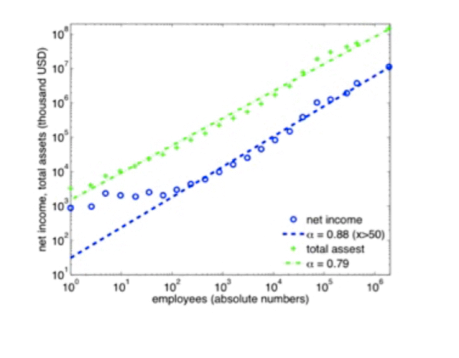@jacob:
I think I understand. For instance, if the next good I wanted to produce was a sandwich, and I wanted to make it from scratch, like Andy George in his "How to Make Everything" youtube series, I could think of all the steps in the process as being performed by different employees. Practically infinite regress would be possible if requirement was also that each required tool also had to first be made from natural resources, like in the youtube series "Primitive Technology."
However, you can only add the most revenue generating virtual-employees once and ultimately the ROI of adding another virtual employee adds no faster than adding the capital alone => you're working that virtual employee at market rates.
Right, but the market rate you might set for your own labor would depend on subjective measures of utility. So, if you could pick your own personal mix of 40 hours/week worth of self-employment/home production during which you might wear 40 different hats, some might pay $100/hr at the margin only occasionally , but other activities might pay only $2/hr more frequently. And, I guess you would end up with the equivalent of a private business providing you with the equivalent of a $40,000/yr lifestyle, if the average of all your hat jobs was $20/hr market rate?
So, one of the things I am having trouble wrapping my head around is the huge amount of capital investment/worker in the U.S. and how this would scale to small potatoes solo-preneur or home production?
